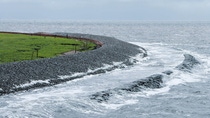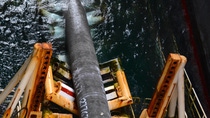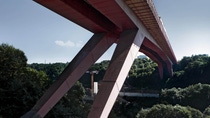Construction
Poles apart – a high-performance material defies the storm
Wherever power is mainly distributed via overhead lines, outages caused by storms are by no means rare. Innovative materials are capable of making important infrastructure elements stronger – as demonstrated by utility poles in China made of the composite Elastolit®.
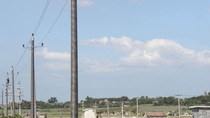
It’s impossible to imagine life today without electricity, phones and the Internet. And they become truly life-saving at times when everything else is in turmoil – such as after a natural disaster. But it is precisely then that the infrastructure involved is particularly vulnerable. In many countries of the world, power and phone lines are carried on poles and have to withstand extreme weather conditions. Utility poles made of concrete, steel or even wood are often unequal to the challenge – in severe gales they blow down or snap. A possible solution to the problem lies in the flexibility of the material employed. About 80 percent of power lines in the USA, mainly in rural areas, are carried overhead, while in New York a notable 83 percent of cables are laid underground. In many other countries the situation is the same.
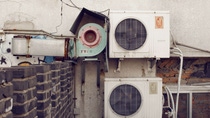
In Japan, a mere 15 percent of cables are installed in the ground, and even in the multi-million city of Tokyo, it’s only roughly a third. While many people consider this tangle of cables a blemish on face of town and country, they are also, and more importantly, a hazard in view of their high susceptibility to storm and flood damage. And yet there is a lot to be said for overhead power lines. In Germany, a kilometer of high-voltage cables on transmission towers can cost up to EUR 1.5 million. In the ground, the same length of cable costs four to seven times as much. When Hurricane Katrina swept across the south-east of the United States in 2005, 72,000 utility poles were destroyed by its force.
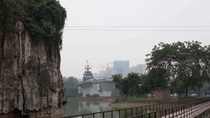
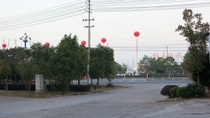

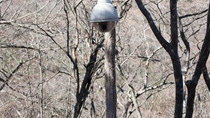
2: An essential infrastructure element is thus very vulnerable to extreme weather conditions.
3: It just takes a tree falling against power lines or a torn-down utility pole to seriously disrupt supplies.
4: During the storm season, whole neighborhoods, cities or regions are therefore periodically cut off from the power supply.
Many districts and countless households were left without a power supply or access to the communications network. The situation was similar in the province of Guangdong in southern China in July 2014, the country’s most heavily populated with over 100 million inhabitants, when Typhoon Rammasun left a trail of flattened or snapped-off 80,000 concrete and steel utility poles. But there was one decisive difference: The province’s population still had access to electricity and communication. Because in Guangdong, poles of classic materials have been supplemented with ones made of the polyurethane Elastolit®. And all of them were left standing. But why do plastic poles take more punishment? The key lies in the material they are made of. The fibres are being impregnated with the PU resin and as a composite are being wound under tension around a cylindrical core.
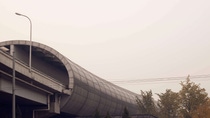
The finished poles are therefore hollow and hence very light. And more important still, they have high flexural strength – in fact, 2.5 times higher than that of their concrete counterparts. Thanks to this flexibility, they bend in storms rather than breaking – on the well-known “bamboo principle”. And this is not the only advantage of poles made of Elastolit®. Because they only weigh about 250 kg each (a comparable concrete pole weighs a little more than a ton), they are easy to carry and set up manually – even on difficult terrain like mountain slopes. In Guangdong the poles made of the PU composite could be positioned more than twice as far apart as concrete ones. This combination of features makes Elastolit® utility poles highly cost-effective and furthermore ensure the preservation of vital infrastructure functions.

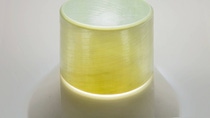
2: Elements produced in this way are both extremely light and, thanks to their flexibility, heavy-duty.
Featured product
Related articles
Consult with an expert
Self-service solutions:

